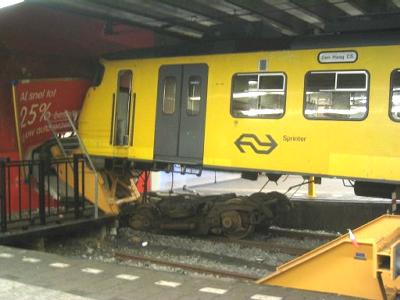BuddR32 wrote:Which I'm almost certain wouldn't help here at all.
The biggest problem is that track can be exempted from PTC. As long as the FRA accepts the exemptions as part of the PTC plan PTC does not have to be active in those locations. Perhaps this accident will change that attitude and force PTC to be used in terminal situations.
PTC is a concept, not a product - which is another problem with discussing PTC. Different products develop PTC in different ways. It would be like asking for a smartphone and being handed an Apple, a Samsung and a Windows phone. They are all three smartphones but they operate in similar yet different ways. The concept of PTC is found in its name - "Positive Train Control". The idea is to be in positive control of the train at all times. (Yet exemptions and limitations persist.)
PTC can be programmed to stop trains at signals. Define the bumper as a stop signal and PTC will enforce a stop at that bumper. If the system detects a train movement that would interfere with a stop at the defined mark the system would take action to enforce the stop. PTC
can do this. But it is up to those implementing each system as to whether or not their PTC actually does what it
could do.
(BTW: If one does not like PTC then one should not have avoidable train accidents. Every incident involving loss of control or loss of situational awareness, especially those with death and injuries involved, is an advertisement for PTC.)
